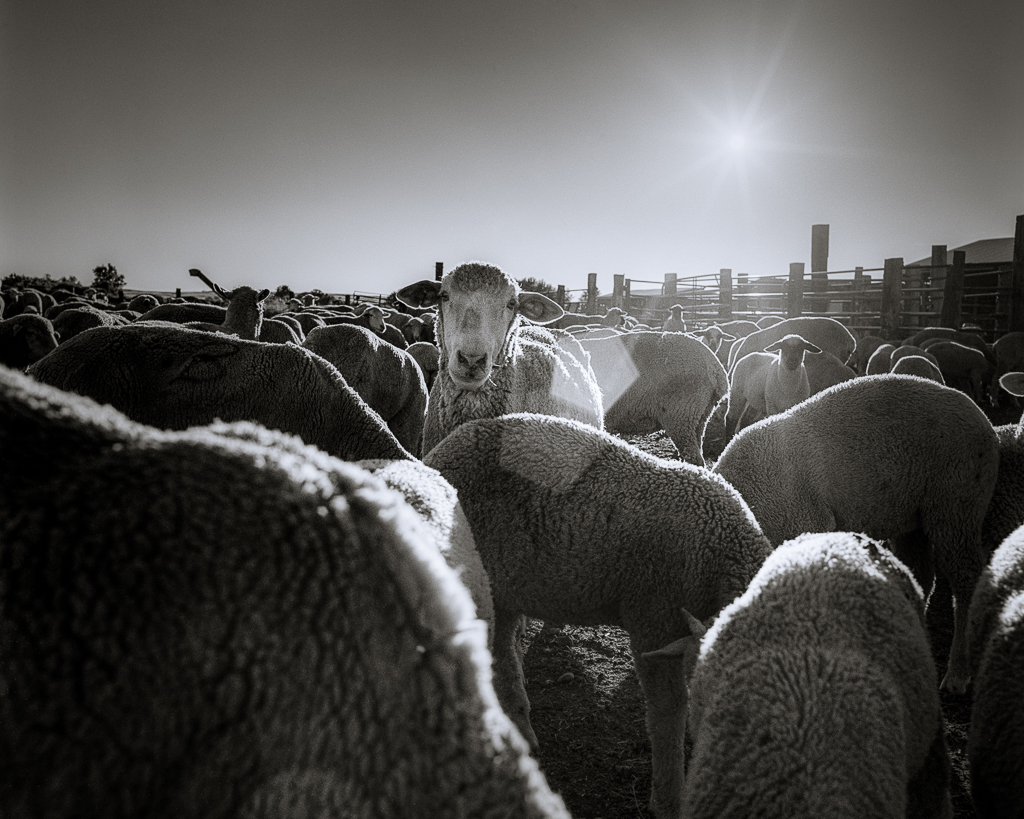Hi guys, kinda new here. I recently made the jump from my D5100 to a D610 with the hopes of doing as much photography this summer as possible and have photography be a career someday. Have only been shooting for about a year but have advanced a lot in that year, and I have watched hours and hours of videos and tutorials. Anyway with my D610 I have a 50mm 1.8g, 85mm 1.8g, and 24-85mm. I shoot mostly portraits but like doing landscapes and car photography just for fun. So here is my issue I am having with shooting into the sun.
Ok so let me try to explain this. When I shoot into the sun for portraits if I am in A priority, matrix metering, and single spot focus point the subject is under exposed and the background is fine. I understand why, the issue is when i use spot metering. If i use spot metering most of the time it literally looks the same, and if it does anything it usually just over exposes everything to the point the whole background is gone and the person looks terrible. From what I have seen this should happen to some degree but not to the point that I am seeing. I know I can compensate for this with exposure compensation but I was hoping i wouldnt have to always use that when spot metering. Another issue I am having is when i use spot metering from distance to get the person and a lot of the background in the shot it never works its always under exposed like i am using matrix metering. The focal point is on manual and always over the face, but still doesnt work. Now if the person is very close and fills up the frame better then it doesnt have a problem with it other than the over exposed issue. So does it just not work well metering something that is relatively small? I though I read that spot metering was the using the smallest area to use for metering only several percent of the image where the focal point was.
Now if I put the camera in M priority and select the correct aperture, shutter speed it usually looks great but the funny thing is it looks great regardless of weather I am in matrix or spot metering modes... If i leave the settings alone and take two pics one in matrix and one in spot metering they look identical. So I am just trying to figure out if I am using spot metering correctly? Or is there a better way to use it? I am hoping its something that I will just have to work around. Lastly, I typically only get these underexposed shots with spot metering when the sun is low but not at sunset maybe an hour or two before its on the horizon. I dont have an issue as the sun dips a little more and the intensity of the sun goes down a bit.
I have some pictures for a stranger i am doing Monday and I wanted to get this question out before I did this shoot so if there was a different technique i could utilize it, thanks!



 Sign In
Sign In Create Account
Create Account




 Back to top
Back to top Report
Report












